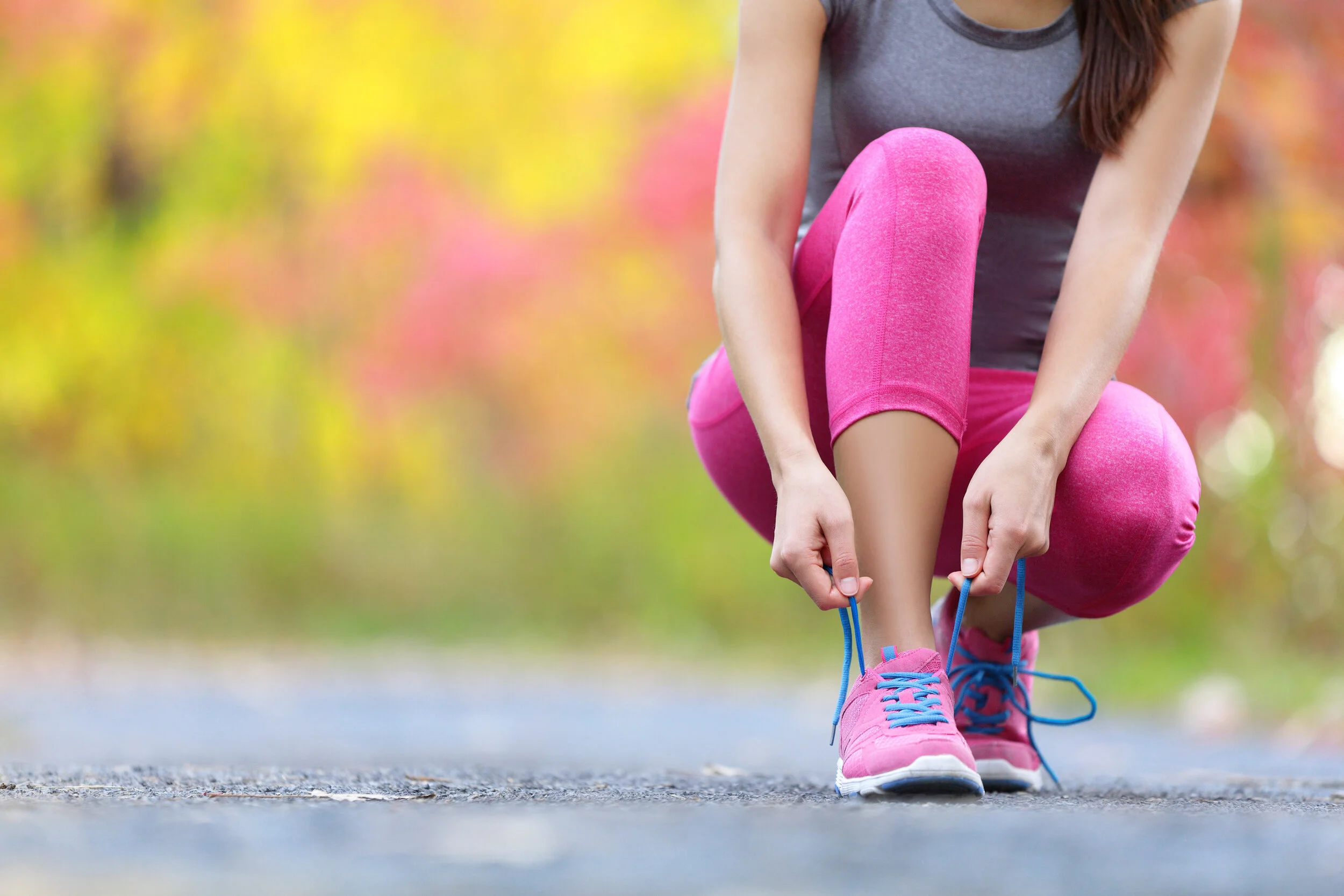Before a vaccine, the two most promising strategies to reduce the risk of Covid-19 are: 1) practicing mitigation strategies of social distancing, hand washing, and wearing a mask, and 2) adopting lifestyle practices aligned to good immune health (Simpson et al., 2020). Regular moderate-intensity physical activity is one of those lifestyle practices that helps build a robust immune system (Simpson et al., 2020). Plus, physical activity has been shown to improve vaccine efficacy for various diseases, including influenza (Ledo et al., 2020). Unfortunately, for many people, the Covid-19 pandemic has created a situation that has reduced the amount of physical activity due to quarantine requirements and restricted means to remain physically active (Ammar et al., 2020).
Studies show this reduction in physical activity is highly likely to have a significant negative impact on both our physical and mental health (Ammar et al., 2020; Rogers et al., 2020; Smith et al., 2020; Stanton et al., 2020). That's because sedentary behavior, with high levels of sitting time and low levels of physical activity, increases the risk of depression (Huang et al., 2020), type 2 diabetes, cancer (Patterson et al., 2018), and mortality (Stamatakis et al., 2019).
For example, a 2-week reduction in daily steps from about 10,000 steps per day to 1,500 can impair insulin sensitivity, increase visceral fat, and reduce cardiovascular fitness in healthy adults (Krogh-Madsen et al., 2010). The evidence clearly shows that a sustained lack of physical activity and increases in sedentary behavior lead to poor physical and mental health (Booth et al., 2017).
Recommendations for Physical Activity
Understanding the risk associated with the lack of physical activity, the World Health Organization (WHO) recommends:
150 minutes of moderate-intensity physical activity,
75 minutes of vigorous-intensity physical activity, or
Or, a combination of the above per week (World Health Organization, 2020)
Breaking up prolonged sitting times at regular intervals, which supports metabolic health (Loh et al., 2020).
Actions You Can Take
Taking regular breaks of 3-minutes of light-intensity activities during a 3½ hour period of sitting can reduce the glycemic response following a high-calorie meal (Climie et al., 2018). In summary, here are three things you can do to prevent additional physical and mental distress during the pandemic.
Interrupt lengthy periods of sitting with short active breaks during the day.
Set a goal of completing 150 minutes of moderate-intensity or 75 minutes of vigorous physical activity per week.
Even if you aren’t able to always do the above two things, keep in mind that some activity is better than none.
The science is pretty clear that physical activity needs to part of our plan to be healthy and mitigate the risk of the virus. I hope you are inspired to make a commitment to adjust your level of activity to at least meet the minimum suggested recommendations outlined by the experts. It’s a great time to boost your immunity!
References
Ammar, A., Brach, M., Trabelsi, K., Chtourou, H., Boukhris, O., Masmoudi, L., Bouaziz, B.,Bentlage, E., How, D., Ahmed, M. (2020). Effects of COVID-19 home confinement on eating behaviour and physical activity: results of the ECLB-COVID19 international online survey. Nutrients 12 (6), 1583
Climie, R. E., Wheeler, M. J., Grace, M., Lambert, E. A., Cohen, N., Owen, N., ... & Green, D. J. (2018). Simple intermittent resistance activity mitigates the detrimental effect of prolonged unbroken sitting on arterial function in overweight and obese adults. Journal of Applied Physiology, 125(6), 1787-1794.
Huang, Y., Li, L., Gan, Y., Wang, C., Jiang, H., Cao, S., et al. (2020). Sedentary behaviors and risk of depression: a meta-analysis of prospective studies. Transl. Psychiatry ,10, 26–26. doi: 10.1038/s41398-020-0715-z
Ledo, A., Schub, D., Ziller, C., Enders, M., Stenger, T., Gärtner, B. C., ... & Sester, M. (2020). Elite athletes on regular training show more pronounced induction of vaccine-specific T-cells and antibodies after tetravalent influenza vaccination than controls. Brain, Behavior, and Immunity, 83, 135-145.
Loh, R., Stamatakis, E., Folkerts, D., Allgrove, J. E., & Moir, H. J. (2020). Effects of interrupting prolonged sitting with physical activity breaks on blood glucose, insulin and triacylglycerol measures: a systematic review and meta-analysis. Sports Medicine, 1-36.
Patterson, R., McNamara, E., Tainio, M., de Sa, T. H., Smith, A. D., Sharp, S. J., et al. (2018). Sedentary behaviour and risk of all-cause, cardiovascular and cancer mortality, and incident type 2 diabetes: a systematic review and dose response meta-an Eur. J. Epidemiol. 33, 811–829. doi: 10.1007/s10654-018-0380-1.
Rogers, N., Waterlow, N., Brindle, H., Enria, L., Eggo, R., Lees, S., Roberts, C. (2020). Behavioural change towards reduced intensity physical activity is disproportionately prevalent among adults with serious health issues or self-perception of high risk during the UK COVID-19 lockdown. MedRxiv https://doi.org/10.1101/2020.05.12.20098921.
Simpson, R. J., & Katsanis, E. (2020). The immunological case for staying active during the COVID-19 pandemic. Brain, Behavior, and Immunity.
Smith, L., Jacob, L., Butler, L., Schuch, F., Barnett, Y., Grabovac, I., Veronese, N., Caperchione, C., Lopez-Sanchez, G.F., Meyer, J. (2020). Prevalence and correlates of physical activity in a sample of UK adults observing social distancing during the COVID-19 pandemic. BMJ Open Sport Exerc. Med. 6 (1), e000850.
Stamatakis, E., Gale, J., Bauman, A., Ekelund, U., Hamer, M., and Ding, D. (2019). Sitting time, physical activity, and risk of mortality in adults. J. Am. Coll. Cardiol 73, 2062–2072. doi: 10.1016/j.jacc.2019.02.031.
Stanton, R., To, Q., Khalesi, S., Williams, S., Alley, S., Thwaite, T., Fenning, A., Vandelanotte, C. (2020). Depression, anxiety and stress during COVID-19: associations with changes in physical activity, sleep, tobacco and alcohol use in Australian adults. International J. Environ. Res. Public Health, 17, 4065.


